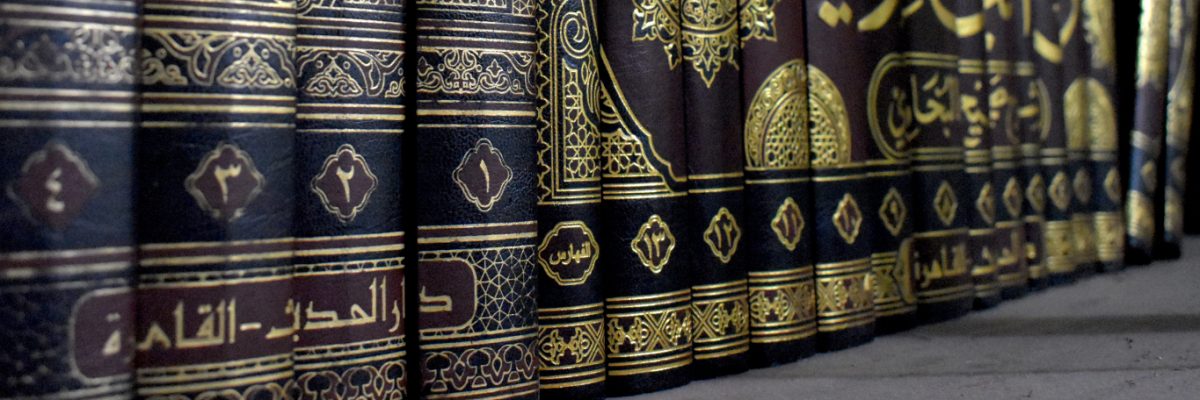Fatwa ID: 07551
Answered by: Alimah Saleha Bukhari Islam
Question:
Can a non-mahram man or woman look at the face or a picture of the person who has passed away? Because I’ve heard it is Punishment (azab) for the dead person in the grave.
In the name of Allah, the Most Gracious, the Most Merciful
Answer:
There is divine wisdom behind the establishment of the Hijab between men and women in society. What seems like a simple question has been addressed meticulously by Islam. Dressing, speaking and behaviour with mahram (non-marriageable kin) and non-mahram (marriageable kin) are guided by the laws of Shariah. Thus, contact between men and women in public and private places is structured around adhering to the Islamic rulings of segregation.
Respectful boundaries are established to live by in society, alongside adopting modest dressing and behaviour and lowering the gaze with respect to non-mahram. This ensures that we are not ruled by our desires but rather by Allah’s laws.
If a woman looks at a man and her heart is overcome by lust, or that is the predominant thought, or she has doubts, then it is recommended that she lower her gaze from him. And if a man looks at a woman and his heart is overcome by lust, or that is the predominant thought, or he has doubts, then it is forbidden for him to look at her.
Based on this, we can deduce that the heart can be overcome by lust, whether it is due to looking at a non-mahram person alive or dead. The Shaytan works in deceptive ways to mislead people towards temptation and fitnah. As a precaution, it is best not to look at the photograph of a deceased non-mahram.
To elaborate, wearing the niqab was considered recommended, however, in our time, it has been deemed obligatory by many scholars. Women are required to cover their faces (and men are prohibited from looking at women’s faces) due to the prevalent fitna/temptation in society and the harm it causes.
Sadd Al-Dharāi or “blocking the means to evil” is a principle in Shariah that serves as a preventative measure from doing haram. In those acts which are normally categorised as mubah (permissible), there is fear that they will lead to haram, then it becomes wajib to abstain from the mubah.
Exceptions are made in necessary situations, and if for example, the picture is of an elderly man or woman, then there is some scope of flexibility in terms of looking due to the absence of desire (shahwah). If desire and temptation enter the heart of the person looking at the picture, and the thought is not expelled and looking is not avoided, the action may lead to sin. The deceased will not be held responsible for the actions of those alive.
Thus, it is only permissible for a mahram male or female to view the face of a mahram female or male, face to face or in pictures. The prohibition of looking at a non-mahram male or female is applicable to both the living and the dead. The dead may no longer feel or desire anything, but the living continue to feel and desire.
Therefore, it will not be permissible for non-mahram males to look at the faces of non-mahram deceased women and vice versa. There is no requirement for it, rather what is required is to pray for the deceased and attend the funeral of the deceased as this will benefit them in sha Allah.
Only Allah knows best.
Written by Alimah Saleha Bukhari Islam
Checked and approved by Mufti Mohammed Tosir Miah
Darul Ifta Birmingham
وفي ” فتاوى الولوالجي “: أما إذا نظرت إلى الرجل فوقعت في قلبها شهوة أو كان ذلك أكب رأيها أو شكت في ذلك فالمستحب أن تغض بصرها منه. وفي الرجل إذا نظر إلى المرأة فوقع في قلبه شهوة، أو كان ذلك أكبر رأيه، أو شك يحرم عليه النظر.
ص146 – كتاب البناية شرح الهداية – ما يباح النظر إليه للرجل من الرجل – المكتبة الشاملة
(وَإِذَا اخْتَلَفَ مُفْتِيَانِ) فِي جَوَابِ حَادِثَةٍ (أُخِذَ بِقَوْلِ أَفْقَهِهِمَا بَعْدَ أَنْ يَكُونَ أَوْرَعَهُمَا) سِرَاجِيَّةٌ وَفِي الْمُلْتَقَطِ وَإِذَا أَشْكَلَ عَلَيْهِ أَمْرٌ وَلَا رَأْيَ لَهُ فِيهِ شَاوَرَ الْعُلَمَاءَ وَنَظَرَ أَحْسَنَ أَقَاوِيلِهِمْ وَقَضَى بِمَا رَآهُ صَوَابًا لَا بِغَيْرِهِ إلَّا أَنْ يَكُونَ غَيْرُهُ أَقْوَى فِي الْفِقْهِ وَوُجُوهِ الِاجْتِهَادِ فَيَجُوزُ تَرْكُ رَأْيِهِ بِرَأْيِهِ ثُمَّ قَالَ وَإِنْ لَمْ يَكُنْ مُجْتَهِدًا فَعَلَيْهِ تَقْلِيدُهُمْ
ص361 – كتاب حاشية ابن عابدين رد المحتار ط الحلبي – مطلب يفتى بقول الإمام على الإطلاق – المكتبة الشاملة
«وَجَاءَ رَجُلٌ إلَى رَسُولِ اللَّهِ – صَلَّى اللَّهُ عَلَيْهِ وَسَلَّمَ – فَقَالَ: إنِّي نَظَرْت إلَى امْرَأَةٍ فَاشْتَهَيْتُهَا فَأَتْبَعْتُهَا بَصَرِي فَأَصَابَ رَأْسِي جِدَارٌ فَقَالَ – صَلَّى اللَّهُ عَلَيْهِ وَسَلَّمَ – إذَا أَرَادَ اللَّهُ بِعَبْدٍ خَيْرًا عَجَّلَ عُقُوبَتَهُ فِي الدُّنْيَا» وَكَذَلِكَ إنْ كَانَ أَكْبَرُ رَأْيِهِ أَنَّهُ إنْ نَظَرَ اشْتَهَى لِأَنَّ أَكْبَرَ الرَّأْيِ فِيمَا لَا يَتَوَقَّفُ عَلَى حَقِيقَتِهِ كَالْيَقِينِ وَذَلِكَ فِيمَا هُوَ مَبْنِيٌّ عَلَى الِاحْتِيَاطِ وَكَذَلِكَ لَا يُبَاحُ لَهَا أَنْ تَنْظُرَ إلَيْهِ إذَا كَانَتْ تَشْتَهِي أَوْ كَانَ عَلَى ذَلِكَ أَكْبَرُ رَأْيِهَا لِمَا رُوِيَ «أَنَّ ابْنَ أُمِّ مَكْتُومٍ اسْتَأْذَنَ عَلَى رَسُولِ اللَّهِ – صَلَّى اللَّهُ عَلَيْهِ وَسَلَّمَ – وَعِنْدَهُ عَائِشَةُ
ص153 – كتاب المبسوط للسرخسي – النظر إلى الأجنبيات – المكتبة الشاملة

